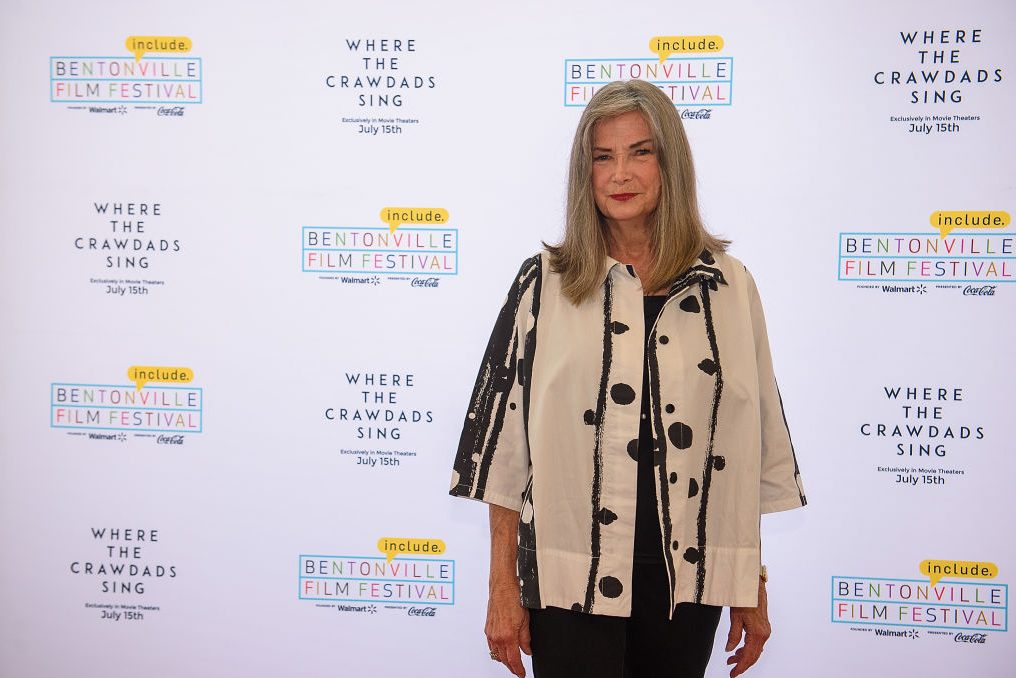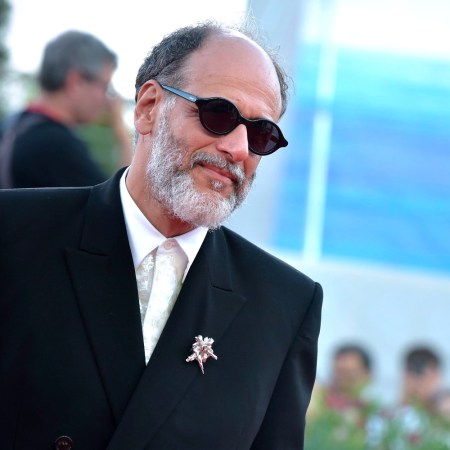Late in 2019, The New York Times published an article titled “The Long Tail of ‘Where the Crawdads Sing’.” Written by Alexandra Alter, the article explored the story of an unlikely literary phenomenon: Delia Owens’s 2018 novel Where the Crawdads Sing. At the time, the novel had sold over 4.5 million copies. “It’s an astonishing trajectory for any debut novelist, much less for a reclusive, 70-year-old scientist,” wrote Alter.
But that isn’t all Owens is known for. In a recent article at The Atlantic, Jeffrey Goldberg looked back at a controversial moment in Owens’s past. In this case, “a controversial moment” could also be interpreted as “a time when she was wanted for questioning regarding a murder.” Goldberg first wrote about Owens’s case in a 2010 article for The New Yorker.
There, Goldberg told the story of Delia Owens and her then-husband Mark, who arrived in Zambia’s North Luangwa National Park in 1986 after leaving Botswana, where they’d been observing groups of animals that had had virtually no contact with humans. They continued similar work in Zambia, but also became increasingly dedicated to fighting the poaching of the region’s animals.
It’s there that things turned violent, with a rise in vigilantism against poachers. An ABC news report in 1996 included footage of scouts working with the Owenses shooting and killing a poacher. The Zambian government was none too pleased with the televised killing and, Goldberg wrote, and began investigating the killing as a homicide. Eventually, the Owenses left the country and returned to the United States.
The extent to which this period in time does or does not factor in to Owens’s novel has been explored by Laura Miller in a comprehensive look at Where the Crawdads Sing. For their part, the Zambian police are continuing their investigation. And the film adaptation of Owens’s novel opens this week.
Thanks for reading InsideHook. Sign up for our daily newsletter and be in the know.


















